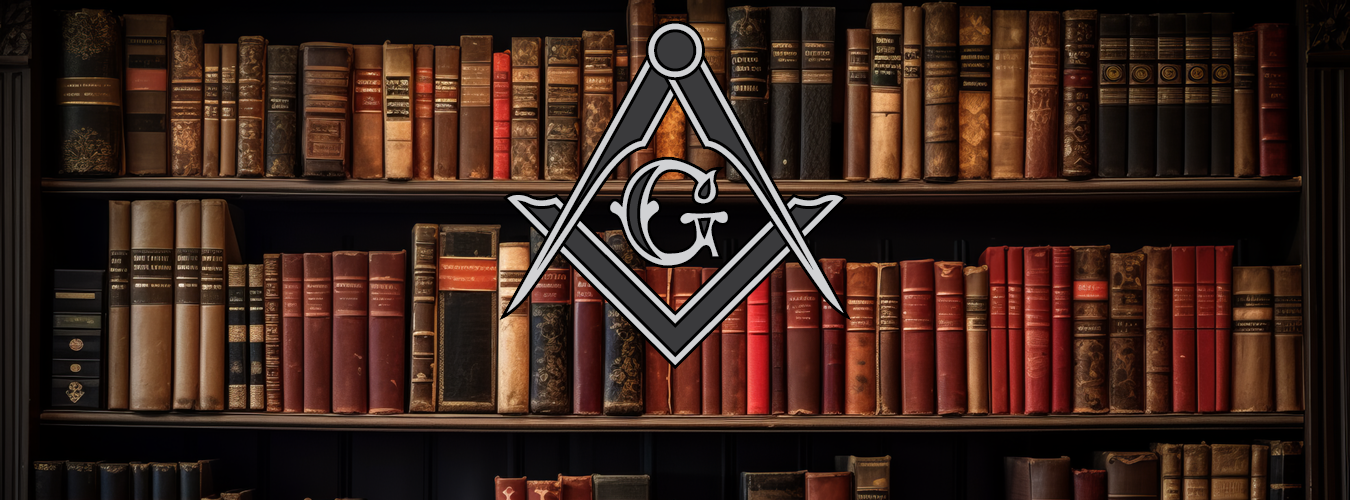From the Grand Lodge of Texas website:
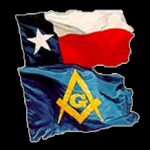 Freemasonry is a fraternity. Its membership is restricted to men, but there is no hazing as is found in some college fraternities. The Masonic Order is a serious group. It exists to take good men and help them to become better men. Thus, it is not a reform society. It does not exist to reform criminals, nor would such persons benefit from its teachings.
Freemasonry is a fraternity. Its membership is restricted to men, but there is no hazing as is found in some college fraternities. The Masonic Order is a serious group. It exists to take good men and help them to become better men. Thus, it is not a reform society. It does not exist to reform criminals, nor would such persons benefit from its teachings.
Masonry developed from lodges of operative or stone masons. The Masonry of today is distinguished from the stone masonry of old by being referred to as “Speculative” Masonry. Speculative or FREEmasonry does not work with stone but instead works on the lives of men. Its teachings take the imagery of carpentry and architecture and use that imagery to teach by symbols about building a good character.
The oldest Masonic document, the Regius poem, dates to around 1390 A.D. We know of no Masonry prior to that date. Somewhere between 1390 and 1717 lodges of operative masons began to accept as members men who did not work in the building trade. Eventually whole lodges composed of such persons arose, leading to a transition from lodges being composed of stone masons to lodges being composed of men from other occupations who gathered and shared a ritual replete with allusions to carpentry, architecture, and stone masonry.
In 1717, four of these lodges in England met and formed the first Grand Lodge. A Grand Lodge is a Masonic body having jurisdiction over the lodges within a certain geographical area. Each state has its own Grand Lodge. Also the District of Columbia has its own Grand Lodge.
Symbolic, Craft, or Blue Lodge Masonry has three degrees. The three degrees are, in order: Entered Apprentice, Fellow Craft, and Master Mason. In early Speculative Masonry there was only one degree. Later a two-degree system developed and finally the three-degree system of today evolved and was firmly in place by around 1760 A.D.
A “degree” is a drama in which a newcomer to Masonry, the candidate, is made to play a key part. These dramas have several characteristics and are progressive in nature, that is, they build on each other. These dramas are enacted with only Masons being present and are for the purpose of moral instruction. A unique characteristic of each Masonic degree is an “obligation” taken by the candidate. The obligation is an oath taken for the purpose of instructing the candidate in his Masonic duty.
The three degrees have a biblical basis. Much biblical imagery is used in the ritual of the degrees. The central biblical image used in Masonic ritual is that of the building of King Solomon’s Temple, as meticulously described for us in the Old Testament books of I Kings and II Chronicles. Whenever a Masonic lodge is in session, the Holy Bible is open upon the lodge’s altar.
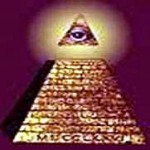 Masonry does require of its adherents a belief in God and in life after death, though it asks no one to expound upon the particulars of his understanding of those two beliefs. There is some memory work the candidate must learn after each degree is conferred upon him. He has a set amount of time to learn the catechism, that is, a set of questions and answers, and to recite them before the lodge members at a lodge meeting.
Masonry does require of its adherents a belief in God and in life after death, though it asks no one to expound upon the particulars of his understanding of those two beliefs. There is some memory work the candidate must learn after each degree is conferred upon him. He has a set amount of time to learn the catechism, that is, a set of questions and answers, and to recite them before the lodge members at a lodge meeting.
Masonry is not a religion. There is nothing in Freemasonry to interfere with a man’s religious life. Persons of all faiths and Christian denominations are a part of the worldwide Masonic fraternity. Religion and politics are two subjects not allowed to be discussed when a lodge is in session.
Masonry teaches the importance of helping the less fortunate. It especially stresses care for the widows and orphans of Masons. Indeed, most Grand Lodges have within their jurisdiction a home for aged Masons, their wives and widows, and also a home for Masonic orphans. In the U.S.A. alone, all branches of Masonry combined provide over of $1.5 million of charitable aid per DAY!
Masonry asks its candidates not to tell the details of its ritual to non-Masons. This is not because Masonry is ashamed of anything. It is because an element of secrecy serves to heighten interest in Masonic teaching. It is also because most people would not benefit from being introduced to Masonic teachings out of the context of the Masonic degree system.
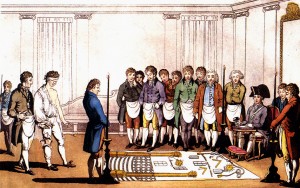 Why do Masons keep their rituals a secret? For the same reason that the ancient stonemasons kept their trade secrets. Their secrecy helped to maintain a better quality of work. Our secrecy today helps us to make a good man better. It is difficult to believe that the secrets of Masonry are evil when you consider the heritage of Masonry that includes a long list of influential leaders such as Paul Revere, George Washington, Andrew Jackson, Theodore Roosevelt, Douglas MacArthur, Franklin D. Roosevelt, Harry Truman, Stephen F. Austin and Sam Houston. It is difficult to believe that the secrets of Masonry are evil when you see so many Masons working as a vital part of every community to provide better churches, better schools and better governments. It is difficult to look into the eyes of a little child in a Shrine Hospital and say the secrets of Masonry are evil. If we really believe the biblical teaching, “by their fruits ye shall know them” then we must believe that the secrets of Masonry really do help to make a good man better.
Why do Masons keep their rituals a secret? For the same reason that the ancient stonemasons kept their trade secrets. Their secrecy helped to maintain a better quality of work. Our secrecy today helps us to make a good man better. It is difficult to believe that the secrets of Masonry are evil when you consider the heritage of Masonry that includes a long list of influential leaders such as Paul Revere, George Washington, Andrew Jackson, Theodore Roosevelt, Douglas MacArthur, Franklin D. Roosevelt, Harry Truman, Stephen F. Austin and Sam Houston. It is difficult to believe that the secrets of Masonry are evil when you see so many Masons working as a vital part of every community to provide better churches, better schools and better governments. It is difficult to look into the eyes of a little child in a Shrine Hospital and say the secrets of Masonry are evil. If we really believe the biblical teaching, “by their fruits ye shall know them” then we must believe that the secrets of Masonry really do help to make a good man better.
The influence of Masonry is like the influence of the home and the influence of the church. It does not produce perfect human beings. Despite the best efforts of the home there has never been a perfect child. Despite the best efforts of the church there has never been a perfect Christian. Despite the best efforts of Masonry there has never been a perfect Mason. Nevertheless there is a place for all these in our society. Man’s basic nature is such that he needs every good influence he can get. He needs the powerful influence of a good home. He needs powerful influence of a dedicated church made up of dedicated believers. The needs the influence of dedicated teachers in the public schools. But, when it is all said and done, it doesn’t hurt to have a little extra push that comes from civic organizations, from professional organizations and from fraternal organizations. Masonry has a proud heritage of 171; years of service to the State of Texas and we hope this discussion has helped you come to a better understanding of the purpose of our fraternal organization. Texas Masonry now looks to the future with the hope that a better understanding will allow the lodge to take its rightful place in every Texas community, right alongside of the church, the home, the schools, and the civic organizations as a positive force for good. With this better understanding there is every reason to believe that we can all work together to make our government, our schools and our churches even stronger than before. The strength of Texas has always been built upon the combined efforts of all these groups, and the Grand Lodge of Texas has contributed valuable service to our churches, our nation, our state and our community.
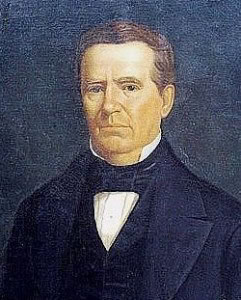
In March 1835 the first Masonic meeting was held in Texas for the purpose of establishing a lodge in Texas. Six Masons met under an oak tree near the town of Brazoria. They applied to the Grand Lodge of Louisiana for a dispensation to form and open a Lodge. A dispensation was issued and later a charter. This first Texas lodge was called Holland Lodge No. 36. It was named after then Grand Master of Masons in Louisiana, John Henry Holland. Anson Jones was the first Worshipful Master of Holland Lodge No. 36, now Holland Lodge No. 1. The charter was brought by John M. Allen and given to Anson Jones just prior to the battle of San Jacinto.
Two more Texas lodges were formed, also given dispensation and charter by the Grand Lodge of Louisiana. They were: Milam Lodge No. 40 in Nacogdoches, and McFarland Lodge No. 41 in San Augustine. Both were formed in 1837. These two lodges, together with Holland Lodge No. 36, sent representatives to meet in Houston and established the Grand Lodge of the Republic of Texas. The convention elected Anson Jones the first Grand Master of Masons in Texas. It should be noted that Anson Jones was the fourth and final President of the Republic of Texas, prior to becoming a state.
There are now over 122,000 Masons in Texas with a total of 914 lodges. How we have grown in those 171 years! We look forward optimistically to the future of Masonry in Texas and trust that its proud heritage will be built upon in the years to come in ways that will continue to serve and honor the great State of Texas of which we are a part.
There are nominal one-time fees collected for the conferring of the three degrees. After that a Mason pays yearly dues to the lodge of which he has become a member. No Mason is supposed to ask another person to become a Mason. It is up to the individual man who has an interest in becoming a Mason to ask a Mason he knows for a petition to join the fraternity.
